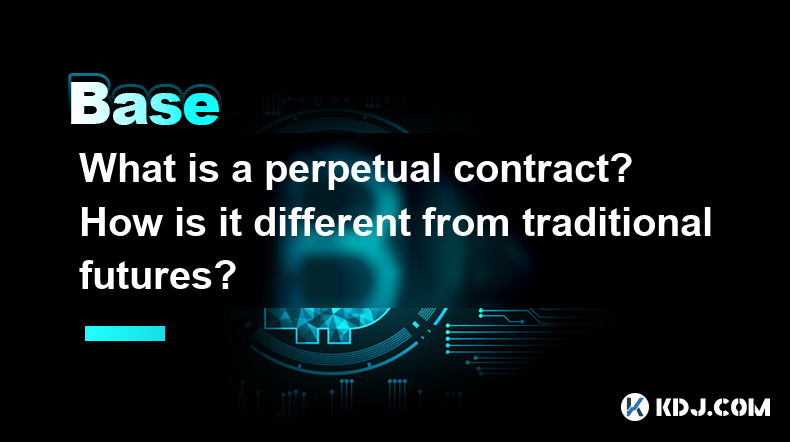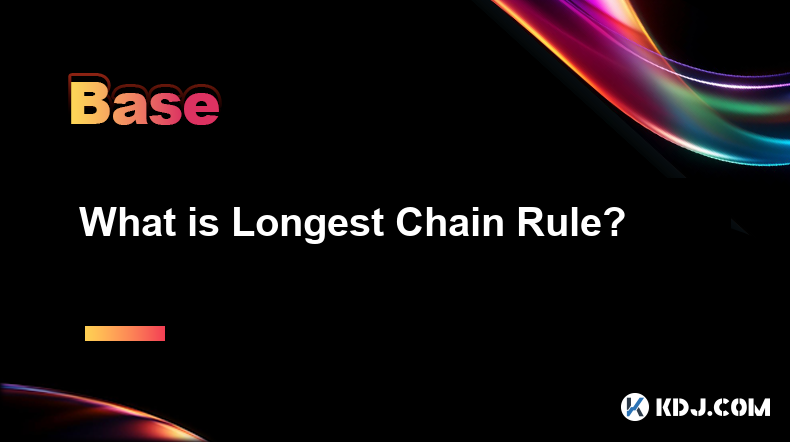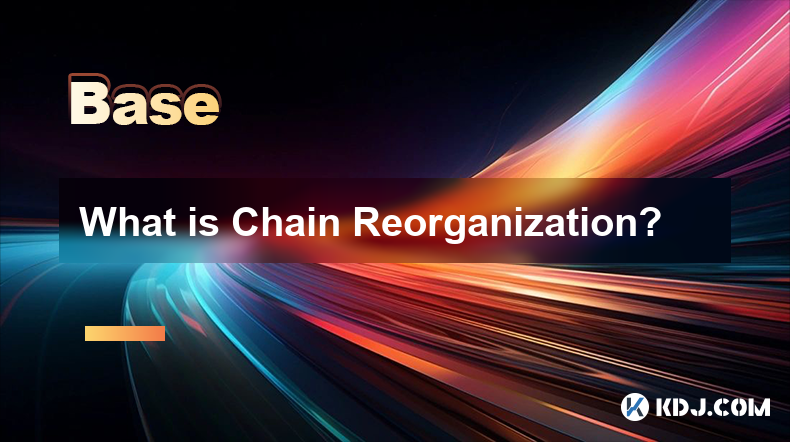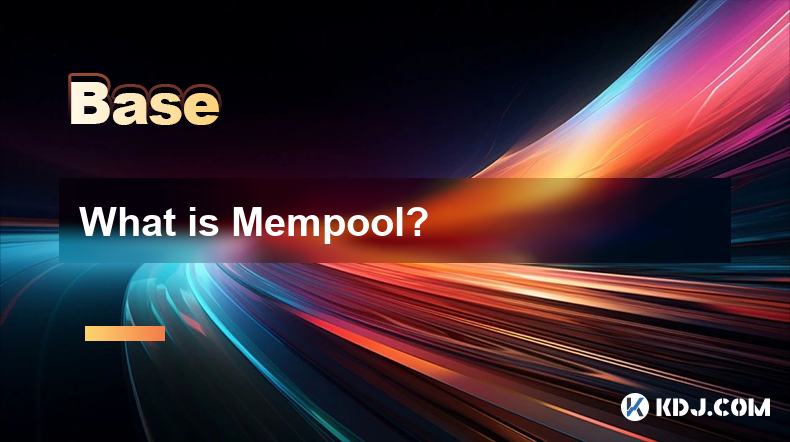-
 Bitcoin
Bitcoin $79,082.6827
3.50% -
 Ethereum
Ethereum $1,560.0062
3.98% -
 Tether USDt
Tether USDt $0.9997
0.06% -
 XRP
XRP $1.8602
5.51% -
 BNB
BNB $556.2989
2.52% -
 USDC
USDC $1.0000
0.01% -
 Solana
Solana $107.5152
6.58% -
 Dogecoin
Dogecoin $0.1509
9.35% -
 TRON
TRON $0.2341
4.61% -
 Cardano
Cardano $0.5791
6.99% -
 UNUS SED LEO
UNUS SED LEO $8.9706
0.98% -
 Toncoin
Toncoin $3.0929
5.15% -
 Chainlink
Chainlink $11.5169
7.22% -
 Avalanche
Avalanche $16.9259
10.59% -
 Stellar
Stellar $0.2273
5.53% -
 Shiba Inu
Shiba Inu $0.0...01128
4.06% -
 Hedera
Hedera $0.1571
16.84% -
 Sui
Sui $2.0151
10.99% -
 MANTRA
MANTRA $6.2756
1.74% -
 Polkadot
Polkadot $3.5782
4.75% -
 Bitcoin Cash
Bitcoin Cash $278.5433
7.96% -
 Litecoin
Litecoin $71.3553
7.85% -
 Dai
Dai $1.0001
0.02% -
 Ethena USDe
Ethena USDe $0.9990
0.07% -
 Bitget Token
Bitget Token $4.1184
6.69% -
 Pi
Pi $0.5811
2.84% -
 Hyperliquid
Hyperliquid $11.8292
17.03% -
 Monero
Monero $204.7626
7.78% -
 Uniswap
Uniswap $5.1181
5.31% -
 OKB
OKB $51.9115
3.31%
What is a perpetual contract? How is it different from traditional futures?
Perpetual contracts allow traders to speculate on crypto prices without expiration, using funding rates to track spot prices closely, unlike traditional futures.
Apr 07, 2025 at 06:56 am

A perpetual contract, also known as a perpetual swap or perpetual futures, is a type of derivative product in the cryptocurrency market that allows traders to speculate on the price of an underlying asset without an expiration date. Unlike traditional futures contracts, which have a set expiration date, perpetual contracts can be held indefinitely, providing traders with more flexibility in their trading strategies.
Perpetual contracts are designed to closely track the spot price of the underlying asset, which is achieved through a mechanism called the funding rate. The funding rate is a periodic payment that is exchanged between long and short positions to ensure that the perpetual contract's price remains closely aligned with the spot price. If the perpetual contract's price is higher than the spot price, long positions pay short positions, and vice versa if the price is lower.
In contrast, traditional futures contracts have a fixed expiration date, at which point the contract must be settled. This can be done through physical delivery of the underlying asset or cash settlement, depending on the terms of the contract. The price of a traditional futures contract is influenced by factors such as the spot price, interest rates, and the time until expiration.
One of the key differences between perpetual contracts and traditional futures is the absence of an expiration date in perpetual contracts. This allows traders to maintain their positions for as long as they desire, without the need to roll over their contracts. In traditional futures, traders must close or roll over their positions before the expiration date, which can lead to additional costs and potential slippage.
Another significant difference is the use of the funding rate in perpetual contracts. The funding rate serves as a mechanism to keep the perpetual contract's price in line with the spot price, whereas traditional futures prices are influenced by a variety of factors, including the cost of carry and market expectations.
How Perpetual Contracts Work
Perpetual contracts are traded on cryptocurrency exchanges and can be bought and sold like any other financial instrument. When a trader opens a position in a perpetual contract, they are essentially speculating on the future price movement of the underlying asset.
Opening a position: To open a position in a perpetual contract, a trader must first deposit collateral, known as margin, into their trading account. The amount of margin required depends on the leverage chosen by the trader. Higher leverage allows for larger positions with less capital but also increases the risk of liquidation.
Monitoring the funding rate: The funding rate is typically calculated and paid out at regular intervals, such as every 8 hours. Traders should keep an eye on the funding rate, as it can impact their overall profitability. If the funding rate is positive, long positions pay short positions, and if it is negative, short positions pay long positions.
Managing risk: Perpetual contracts are highly leveraged products, which means that even small price movements can result in significant gains or losses. Traders should use risk management tools, such as stop-loss orders, to limit their potential losses.
Closing a position: To close a position in a perpetual contract, a trader can simply execute an opposite trade to their initial position. For example, if a trader opened a long position, they would sell the same amount of contracts to close their position.
Advantages of Perpetual Contracts
Perpetual contracts offer several advantages over traditional futures contracts, which have made them increasingly popular among cryptocurrency traders.
No expiration date: The absence of an expiration date allows traders to maintain their positions for as long as they desire, without the need to roll over their contracts. This can be particularly beneficial for traders who have a long-term view on the market.
Close tracking of spot price: The funding rate mechanism in perpetual contracts helps to keep the contract's price closely aligned with the spot price of the underlying asset. This can be advantageous for traders who want to speculate on the price of the asset without the need to hold the actual cryptocurrency.
High liquidity: Perpetual contracts are often more liquid than traditional futures contracts, as they are traded on a continuous basis. This can result in tighter bid-ask spreads and better execution prices for traders.
Flexibility in trading strategies: The absence of an expiration date and the ability to trade perpetual contracts 24/7 allows traders to implement a wide range of trading strategies, from short-term scalping to long-term position trading.
Risks of Perpetual Contracts
While perpetual contracts offer several advantages, they also come with their own set of risks that traders should be aware of.
High leverage: Perpetual contracts are typically traded with high leverage, which can amplify both gains and losses. Traders should be cautious when using leverage and ensure that they have sufficient margin to cover potential losses.
Liquidation risk: If the price of the underlying asset moves against a trader's position, they may face liquidation if their margin falls below a certain threshold. Liquidation can result in the loss of the entire position and any unrealized profits.
Funding rate risk: The funding rate in perpetual contracts can be a significant cost for traders, especially if they maintain large positions over an extended period. Traders should factor in the funding rate when calculating their potential profitability.
Market volatility: The cryptocurrency market is known for its high volatility, which can lead to rapid price movements and increased risk for traders. Perpetual contracts can be particularly susceptible to market volatility due to their high leverage.
How to Trade Perpetual Contracts
Trading perpetual contracts requires a good understanding of the market and the specific mechanics of the contract. Here are some steps to get started with trading perpetual contracts:
Choose a reputable exchange: Select a cryptocurrency exchange that offers perpetual contracts and has a good reputation for security and reliability. Some popular exchanges for trading perpetual contracts include Binance, Bybit, and FTX.
Fund your account: Deposit funds into your trading account using a supported payment method. Most exchanges accept deposits in cryptocurrencies, such as Bitcoin or Ethereum, as well as fiat currencies in some cases.
Select a perpetual contract: Choose the perpetual contract you want to trade based on the underlying asset and the leverage you want to use. Most exchanges offer a variety of perpetual contracts for different cryptocurrencies.
Open a position: Decide whether you want to take a long or short position on the perpetual contract. If you believe the price of the underlying asset will rise, you would open a long position, and if you believe it will fall, you would open a short position.
Set risk management parameters: Use risk management tools, such as stop-loss orders and take-profit orders, to limit your potential losses and lock in profits. These orders can help you manage your risk and protect your capital.
Monitor your position: Keep an eye on the price of the perpetual contract and the funding rate. Adjust your position as needed based on market conditions and your trading strategy.
Close your position: When you are ready to exit your position, execute an opposite trade to your initial position. For example, if you opened a long position, you would sell the same amount of contracts to close your position.
Frequently Asked Questions
Q: Can I trade perpetual contracts on any cryptocurrency exchange?
A: No, not all cryptocurrency exchanges offer perpetual contracts. You should check with the specific exchange you are interested in to see if they offer perpetual contracts and which cryptocurrencies are available for trading.
Q: How often is the funding rate calculated and paid out in perpetual contracts?
A: The frequency of the funding rate calculation and payment varies between exchanges, but it is typically done at regular intervals, such as every 8 hours or every 24 hours. You should check the specific details of the perpetual contract you are trading to understand the funding rate schedule.
Q: Can I hold a perpetual contract indefinitely, or is there a maximum holding period?
A: Perpetual contracts can be held indefinitely, as they do not have an expiration date. However, you should be aware of the funding rate and the potential costs associated with holding a position over an extended period.
Q: What happens if I get liquidated in a perpetual contract?
A: If your position in a perpetual contract gets liquidated, your position will be closed automatically by the exchange, and you will lose any unrealized profits. The liquidation occurs when your margin falls below a certain threshold, which is determined by the exchange and the leverage you are using. It is important to monitor your margin and use risk management tools to avoid liquidation.
Disclaimer:info@kdj.com
The information provided is not trading advice. kdj.com does not assume any responsibility for any investments made based on the information provided in this article. Cryptocurrencies are highly volatile and it is highly recommended that you invest with caution after thorough research!
If you believe that the content used on this website infringes your copyright, please contact us immediately (info@kdj.com) and we will delete it promptly.
- Dogecoin (DOGE) Witnesses Exciting Surge in Activity This Week as Whales Accumulate Coins
- 2025-04-08 16:20:12
- USDC's stablecoin is making waves as it records a surge in market cap
- 2025-04-08 16:20:12
- The meme coin market just got a jolt from one of the most controversial figures in modern politics, Donald Trump himself.
- 2025-04-08 16:15:12
- Fidelity Joins the Solana ETF Race with New Filing
- 2025-04-08 16:15:12
- Dogecoin (DOGE) Whales Have Been Buying the Dip, Pushing Prices 26% Higher
- 2025-04-08 16:10:12
- Bitcoin Has Reclaimed the $85,500 Level After a Strong Move to the Upside
- 2025-04-08 16:10:12
Related knowledge

What is Serenity?
Apr 08,2025 at 02:00pm
Serenity, also known as Ethereum 2.0, represents a major upgrade to the Ethereum blockchain. This ambitious project aims to address the scalability, security, and sustainability issues faced by the current Ethereum network. Serenity is not a single update but a series of upgrades that will transform Ethereum into a more efficient and robust platform. Th...

What is Finality Gadget?
Apr 08,2025 at 04:14am
The Finality Gadget is a crucial component in the architecture of certain blockchain networks, particularly those that utilize a hybrid consensus mechanism. It plays a pivotal role in ensuring the finality of transactions, which means that once a transaction is confirmed, it cannot be altered or reversed. This article delves into the intricacies of the ...

What is Longest Chain Rule?
Apr 08,2025 at 07:50am
The Longest Chain Rule is a fundamental concept in blockchain technology, particularly in the context of cryptocurrencies like Bitcoin. This rule is crucial for maintaining the integrity and security of the blockchain network. In essence, the Longest Chain Rule dictates that the valid blockchain is the one with the most cumulative proof-of-work, which i...

What is Chain Reorganization?
Apr 08,2025 at 03:08pm
What is Chain Reorganization? Chain reorganization, often referred to as a 'reorg,' is a fundamental concept in blockchain technology that can significantly impact the integrity and operation of a blockchain network. Chain reorganization occurs when a blockchain network replaces a previously accepted block or series of blocks with a new set of blocks, l...

What is Orphan Block?
Apr 08,2025 at 05:00am
What is an Orphan Block?In the world of cryptocurrencies, particularly in blockchain technology, the term orphan block is frequently encountered. An orphan block is a block that has been mined and added to the blockchain but is later discarded or replaced by another block. This phenomenon occurs due to the decentralized nature of blockchain networks, wh...

What is Mempool?
Apr 08,2025 at 12:36pm
What is Mempool?In the world of cryptocurrencies, particularly Bitcoin, the term Mempool is frequently mentioned. But what exactly is a Mempool, and why is it important? A Mempool, short for memory pool, is a critical component of the blockchain network that serves as a temporary storage area for unconfirmed transactions. When a user initiates a transac...

What is Serenity?
Apr 08,2025 at 02:00pm
Serenity, also known as Ethereum 2.0, represents a major upgrade to the Ethereum blockchain. This ambitious project aims to address the scalability, security, and sustainability issues faced by the current Ethereum network. Serenity is not a single update but a series of upgrades that will transform Ethereum into a more efficient and robust platform. Th...

What is Finality Gadget?
Apr 08,2025 at 04:14am
The Finality Gadget is a crucial component in the architecture of certain blockchain networks, particularly those that utilize a hybrid consensus mechanism. It plays a pivotal role in ensuring the finality of transactions, which means that once a transaction is confirmed, it cannot be altered or reversed. This article delves into the intricacies of the ...

What is Longest Chain Rule?
Apr 08,2025 at 07:50am
The Longest Chain Rule is a fundamental concept in blockchain technology, particularly in the context of cryptocurrencies like Bitcoin. This rule is crucial for maintaining the integrity and security of the blockchain network. In essence, the Longest Chain Rule dictates that the valid blockchain is the one with the most cumulative proof-of-work, which i...

What is Chain Reorganization?
Apr 08,2025 at 03:08pm
What is Chain Reorganization? Chain reorganization, often referred to as a 'reorg,' is a fundamental concept in blockchain technology that can significantly impact the integrity and operation of a blockchain network. Chain reorganization occurs when a blockchain network replaces a previously accepted block or series of blocks with a new set of blocks, l...

What is Orphan Block?
Apr 08,2025 at 05:00am
What is an Orphan Block?In the world of cryptocurrencies, particularly in blockchain technology, the term orphan block is frequently encountered. An orphan block is a block that has been mined and added to the blockchain but is later discarded or replaced by another block. This phenomenon occurs due to the decentralized nature of blockchain networks, wh...

What is Mempool?
Apr 08,2025 at 12:36pm
What is Mempool?In the world of cryptocurrencies, particularly Bitcoin, the term Mempool is frequently mentioned. But what exactly is a Mempool, and why is it important? A Mempool, short for memory pool, is a critical component of the blockchain network that serves as a temporary storage area for unconfirmed transactions. When a user initiates a transac...
See all articles






















































































